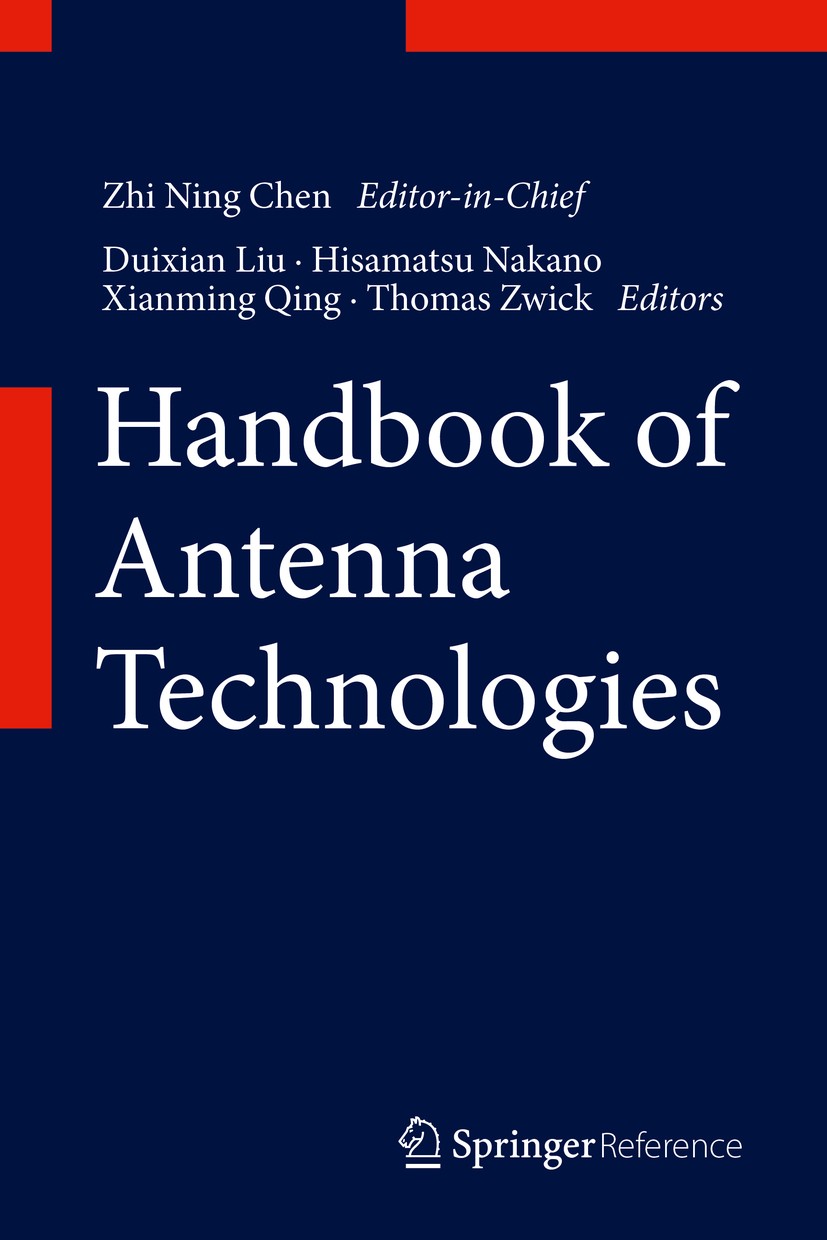| 书目名称 | Handbook of Antenna Technologies | | 编辑 | Zhi Ning Chen,Duixian Liu,Thomas Zwick | | 视频video | http://file.papertrans.cn/421/420808/420808.mp4 | | 概述 | Provides a comprehensive, quickly accessed reference work on antenna technologies and applications.Clarifies fast-developing advances in a field which is critical to communications and wireless techno | | 图书封面 |  | | 描述 | This Handbook aims to present the rapid development of antenna technologies, particularly in the past two decades, and also showcasing the newly developed technologies and the latest applications. The handbook will provide readers with the comprehensive updated reference information covering theory, modeling and optimization methods, design and measurement, new electromagnetic materials, and applications of antennas. The handbook will widely cover not only all key antenna design issues but also fundamentals, issues related to antennas (transmission, propagation, feeding structure, materials, fabrication, measurement, system, and unique design challenges in specific applications). This handbook will benefit the readers as a full and quick technical reference with a high-level historic review of technology, detailed technical descriptions and the latest practical applications. | | 出版日期 | Reference work 2016 | | 关键词 | Antenna Applications; Antenna Arrays; Antenna Design; Antenna Engineering; Antenna Reference; Antenna The | | 版次 | 1 | | doi | https://doi.org/10.1007/978-981-4560-44-3 | | isbn_ebook | 978-981-4560-44-3 | | copyright | Springer Science+Business Media Singapore 2016 |
The information of publication is updating

|
|
 |Archiver|手机版|小黑屋|
派博传思国际
( 京公网安备110108008328)
GMT+8, 2025-12-27 05:19
|Archiver|手机版|小黑屋|
派博传思国际
( 京公网安备110108008328)
GMT+8, 2025-12-27 05:19


